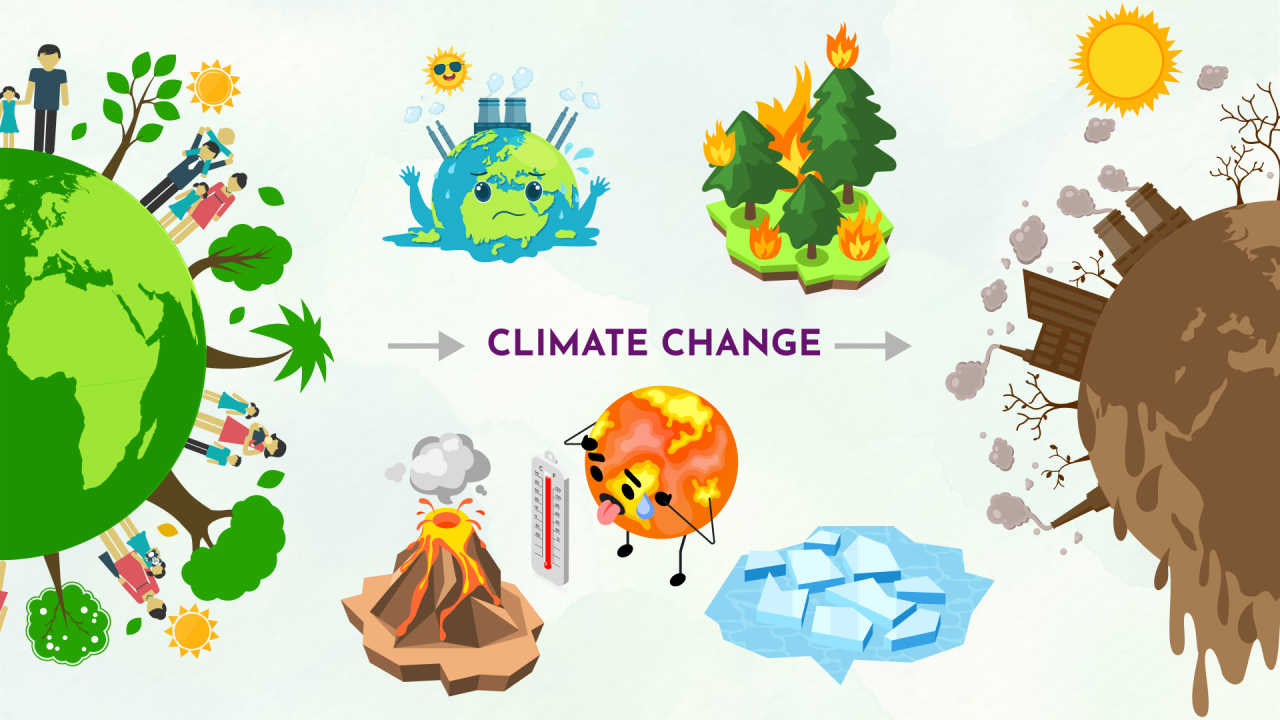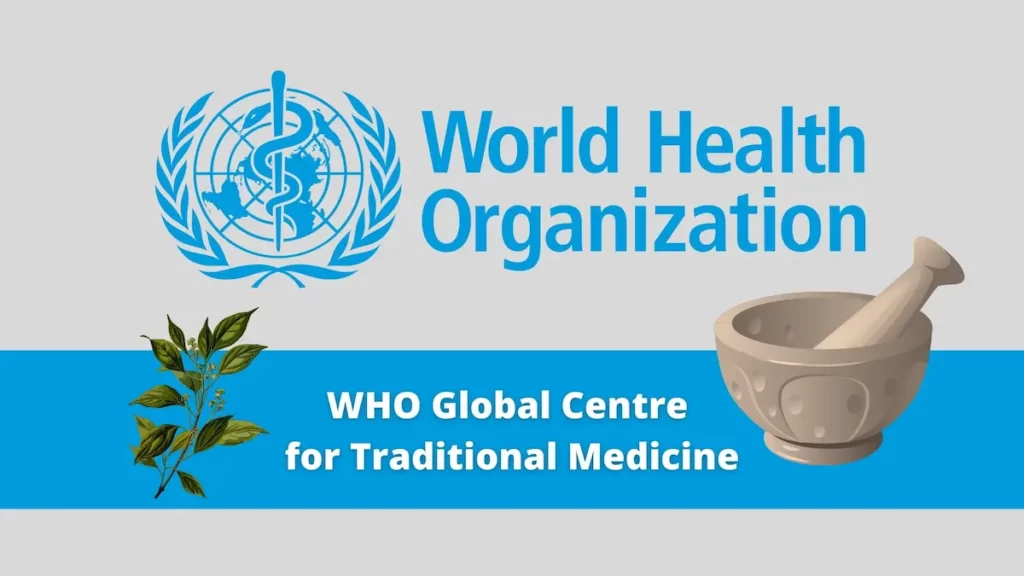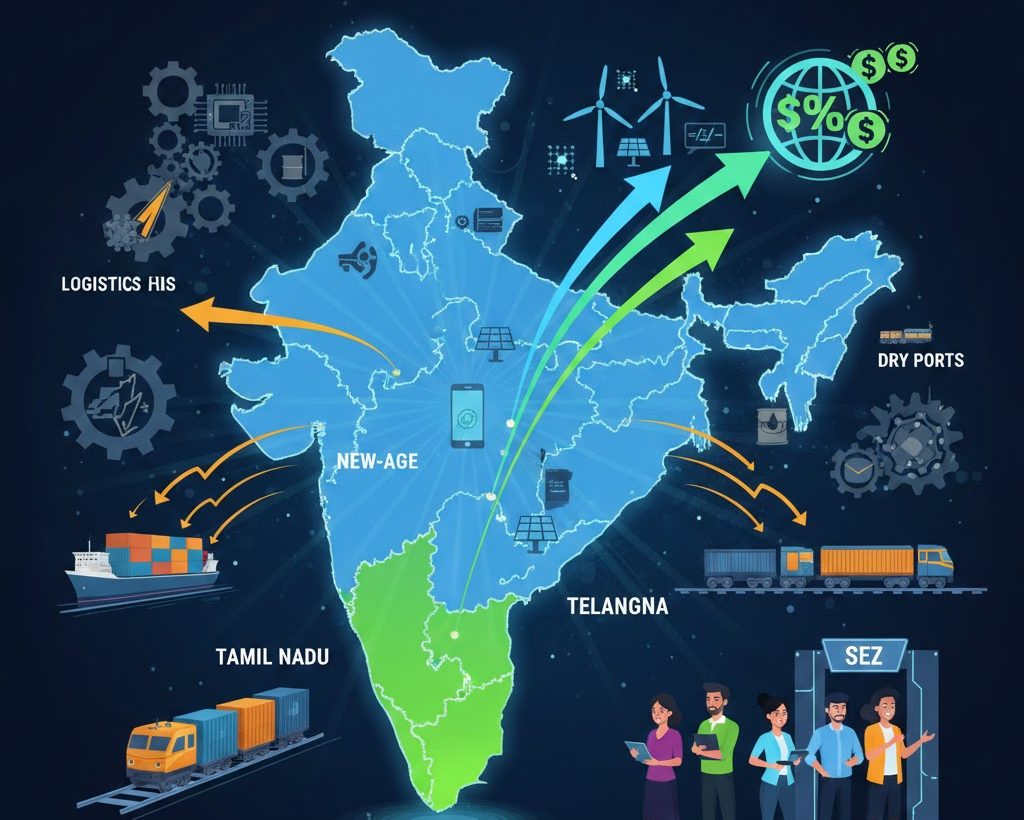Font size:
Print
UNICEF Report on Children’s Future in 2025
Context:
A new report by UNICEF titled Prospects for Children in 2025: Building Resilient Systems for Children’s Futures, released in January 2025, highlights the escalating crises threatening children’s lives globally.
- The report calls for urgent reforms to address the multiple challenges children will face in the coming years.
Escalating Armed Conflicts Impacting Children
- Growing Conflict Threat: The report emphasises that armed conflicts worldwide have reached historic highs and show no signs of declining.
- Number of Affected Children: In 2023, over 473 million children lived in areas impacted by conflict, representing more than one in six children globally.
- Rising Percentage of Affected Children: The share of children affected by conflict has nearly doubled from 10% in the 1990s to 19% today.
- Consequences for Children: The toll of conflict on children includes displacement, starvation, disease, and severe risks to their psychological well-being.
Debt Crisis and Its Impact on Children’s Futures
- Debt-Ridden Countries: Nearly 400 million children live in countries burdened by debt, and this figure is expected to rise without significant reforms.
- Debt vs. Investment in Children: The high cost of debt servicing is limiting investments in crucial areas like education, healthcare, and social protection.
- Educational Cuts: Many African countries spend more on debt servicing than on education, leading to a potential loss of $12.8 billion in education expenditure for every 5% increase in debt in low- and middle-income countries.
- Health and Social Protection Cuts: Over 40 low-income countries spend more on debt than on health, with some countries like Indonesia and Pakistan spending multiples of their healthcare budgets on debt servicing.
- Vulnerable Children: 1.8 billion children lack access to cash benefits, leaving them vulnerable to economic shocks.
Strengthening Climate Action for Children
- Climate Finance Allocation: Only 2.4% of multilateral climate finance is allocated to child-responsive initiatives aimed at helping children cope with the effects of climate change.
- Consequences for Children: The lack of investment in climate-resilient systems is weakening the quality of education, healthcare, and nutrition for children, especially in climate-disaster-affected areas.
- Policy Integration: The report stresses the importance of integrating child rights into national climate action policies, with clear commitments, timelines, and funding allocations.
Digital Inequality and Its Impact on Children
- Unequal Access to Technology: While children in high-income countries are increasingly connected, there are still significant barriers to digital access in low-income countries.
- Impact on Youth: Only 53% of youth (ages 15-24) in Africa are online, and adolescent girls and children with disabilities are disproportionately affected.
- Digital Public Infrastructure: The rise of digital public infrastructure (DPI) offers a chance for equitable access to public and private services, but the inequality in digital access limits its effectiveness.
- Offline Adolescent Girls: A staggering 9 out of 10 adolescent girls in low-income countries remain offline, limiting their opportunities in the digital age.
Urgent Need for Reforms and Resilient Systems
- Focus on Inclusion and Fairness: The UNICEF report calls for systems to be implemented that prioritise inclusion, fairness, and responsibility, ensuring children’s rights and needs are addressed.
- Preparedness for Future Challenges: It stresses the need for systems that not only address current challenges but also lay the groundwork for stronger societies and future opportunities for children globally.
This report highlights the critical need for systemic changes to protect and enhance the future of children worldwide, ensuring they are not left behind by crises such as climate change, conflict, and digital inequality.


